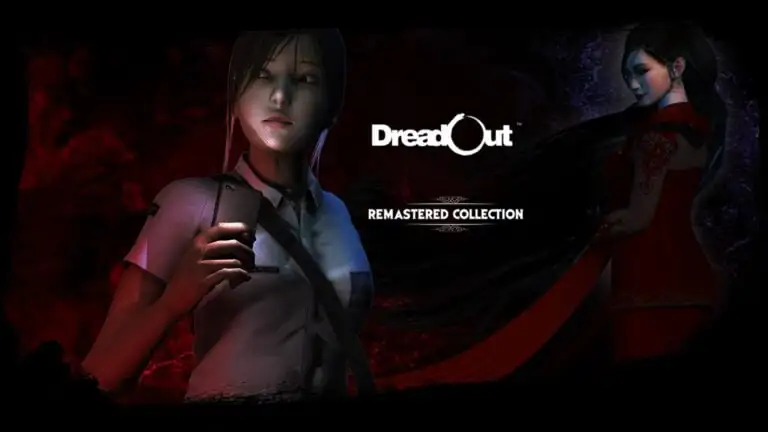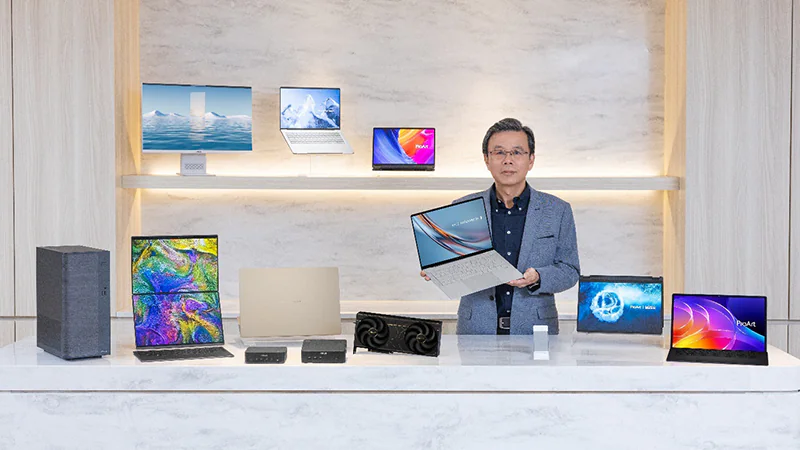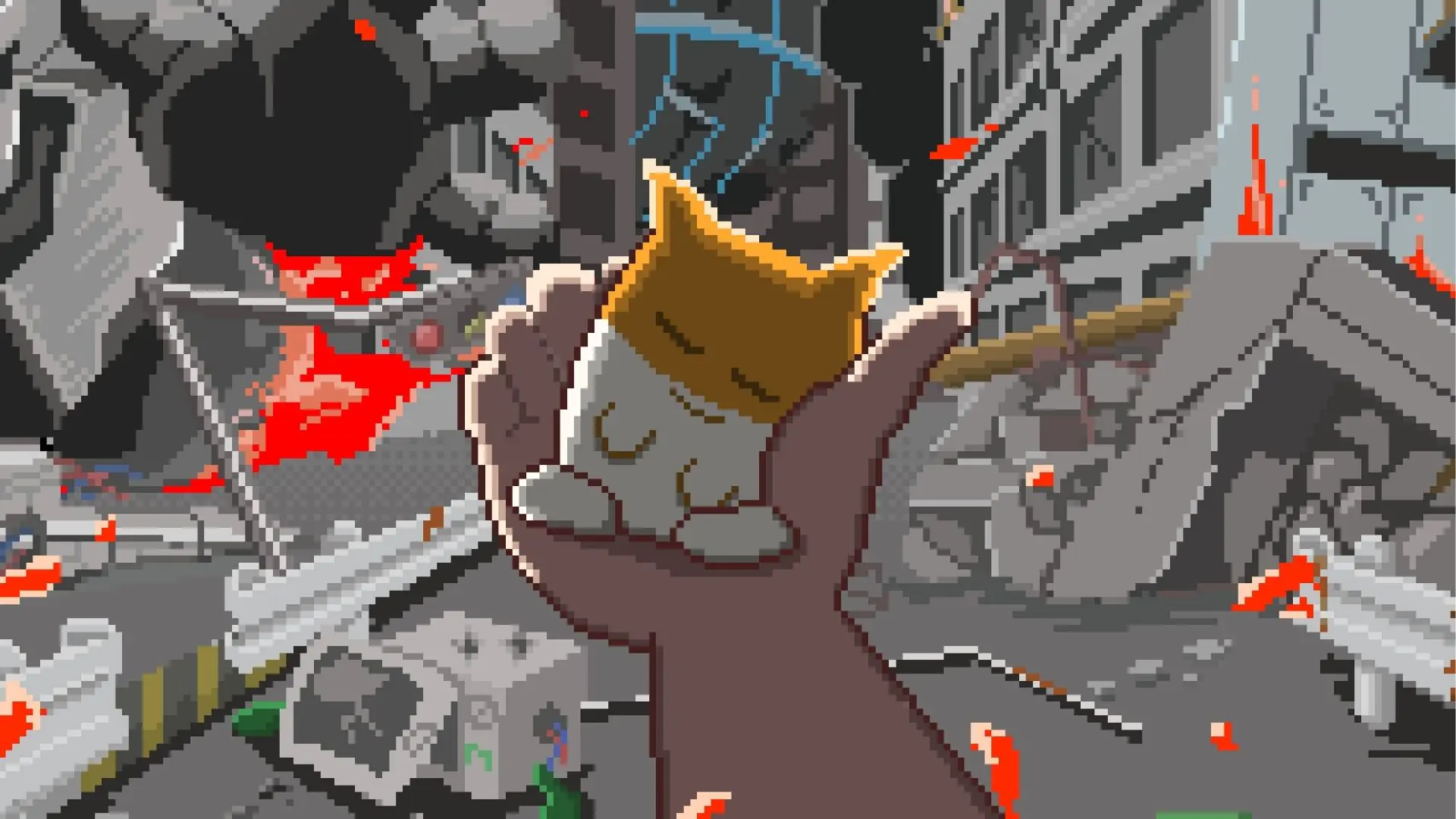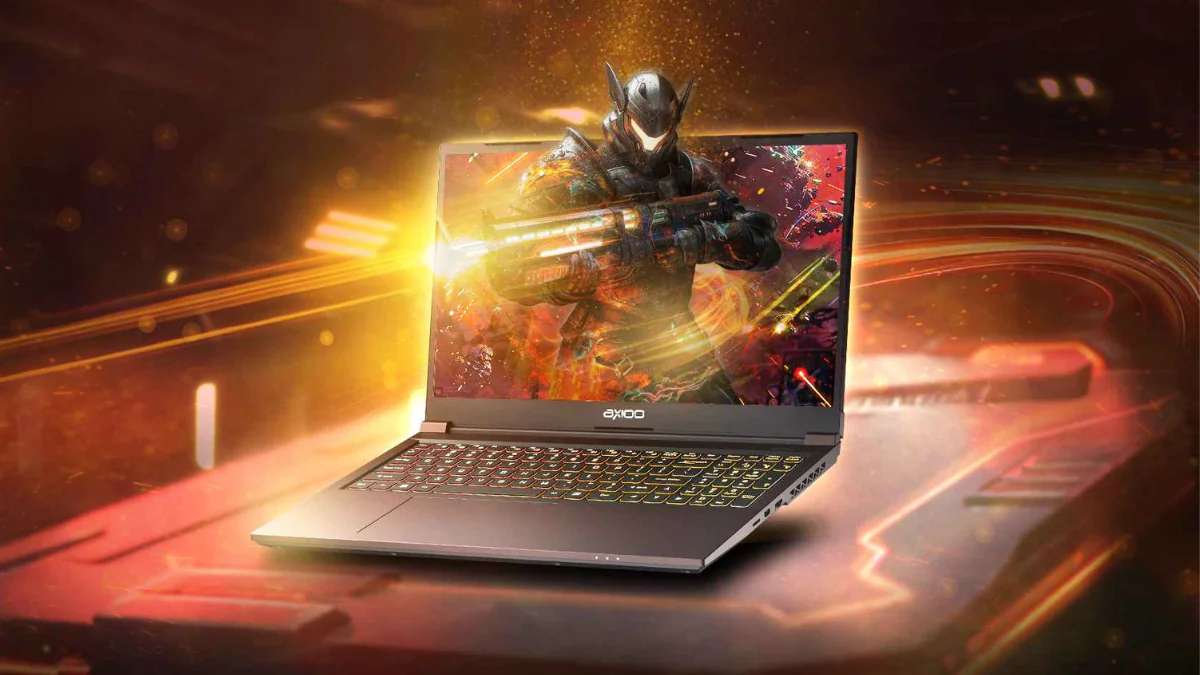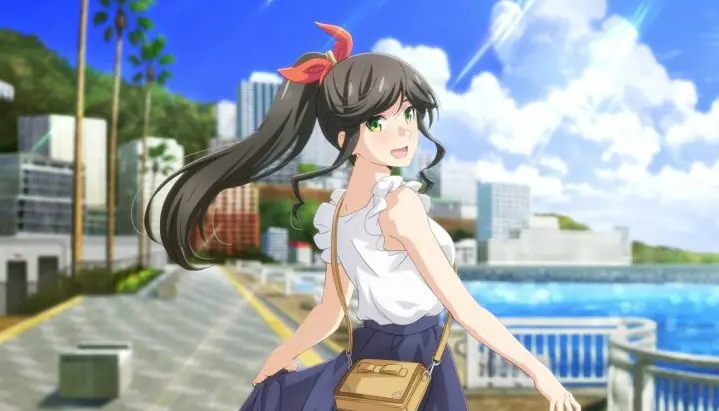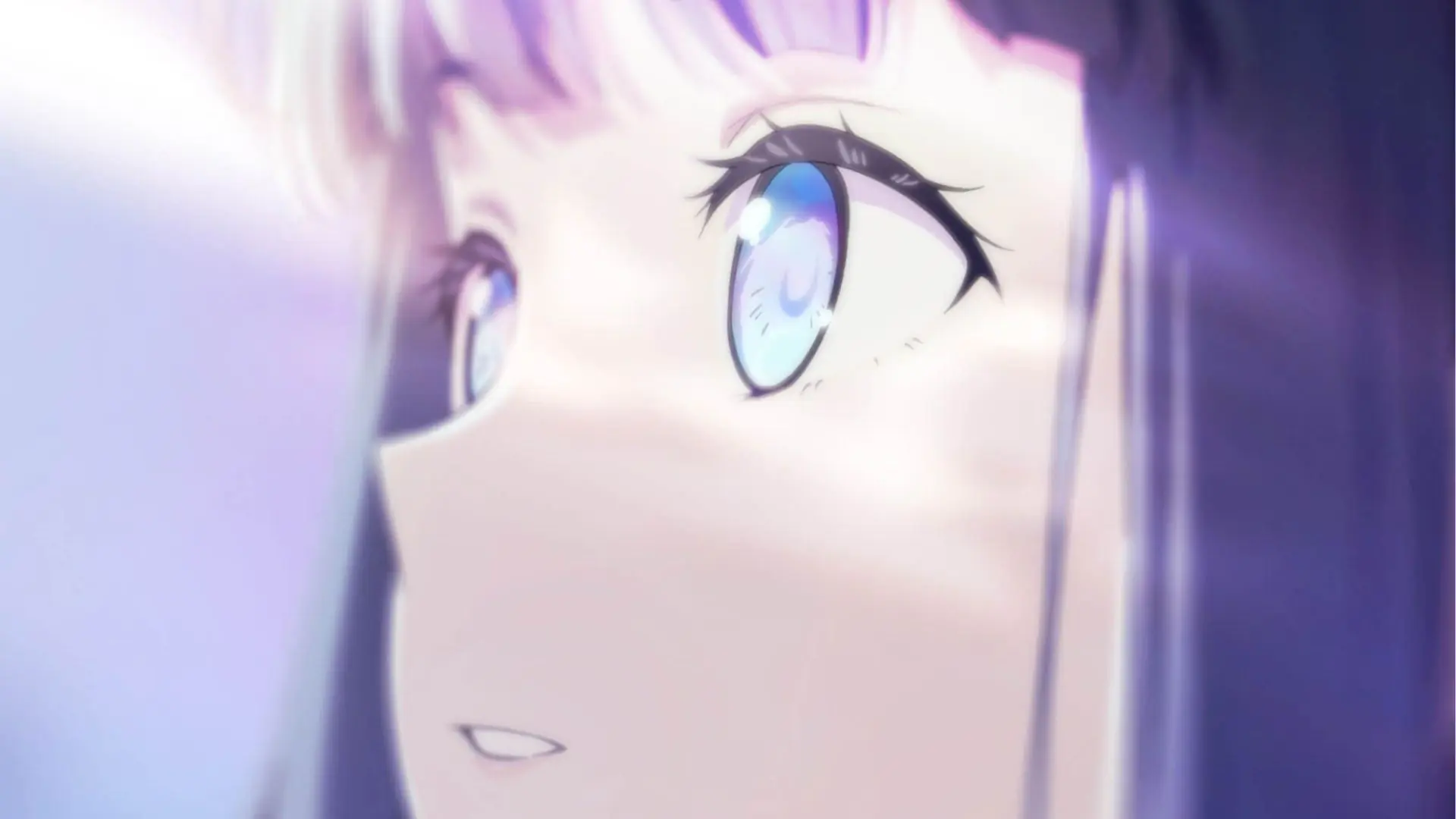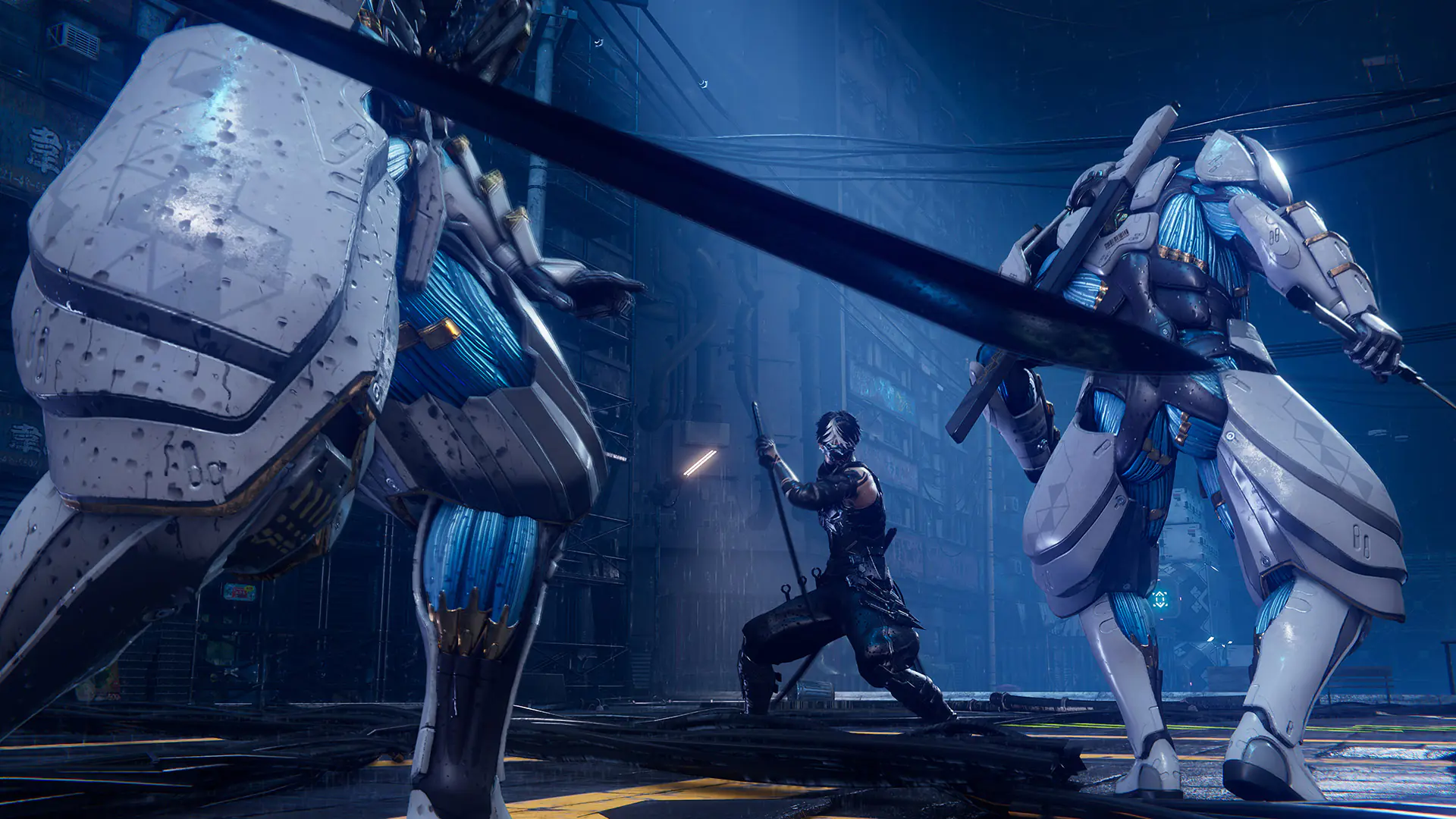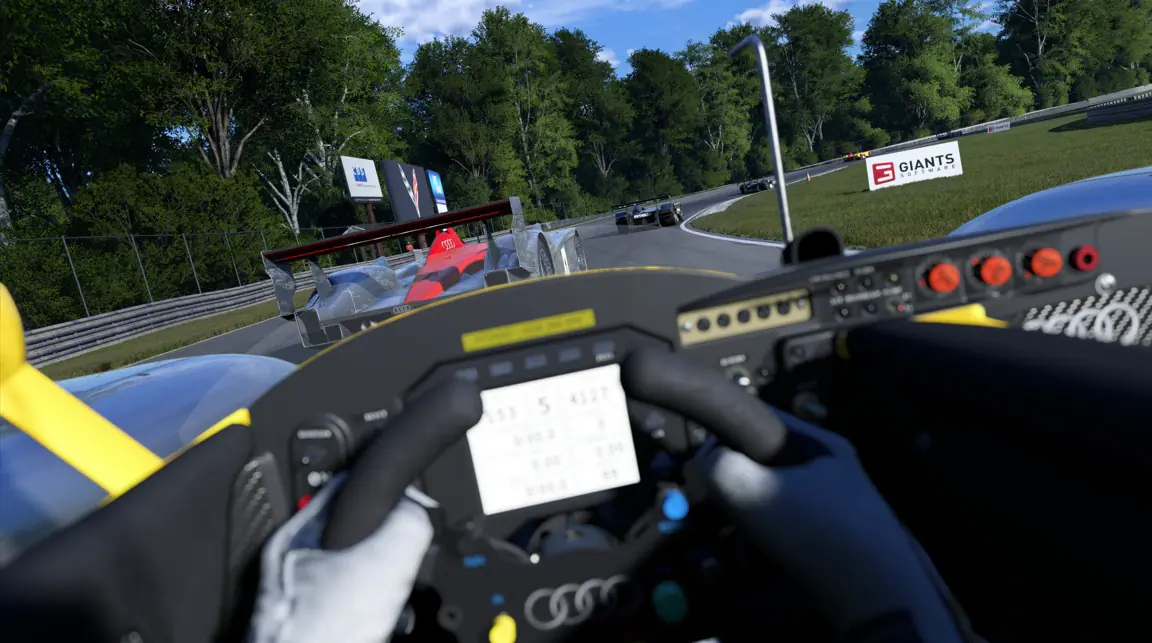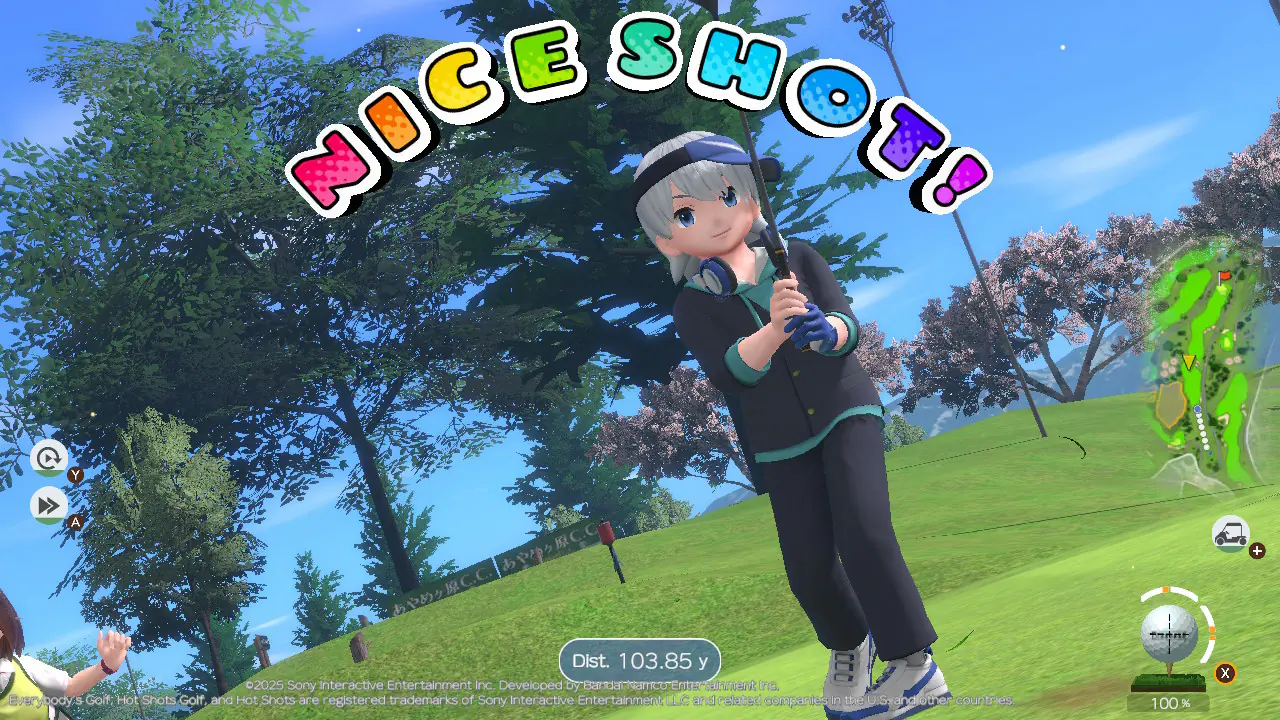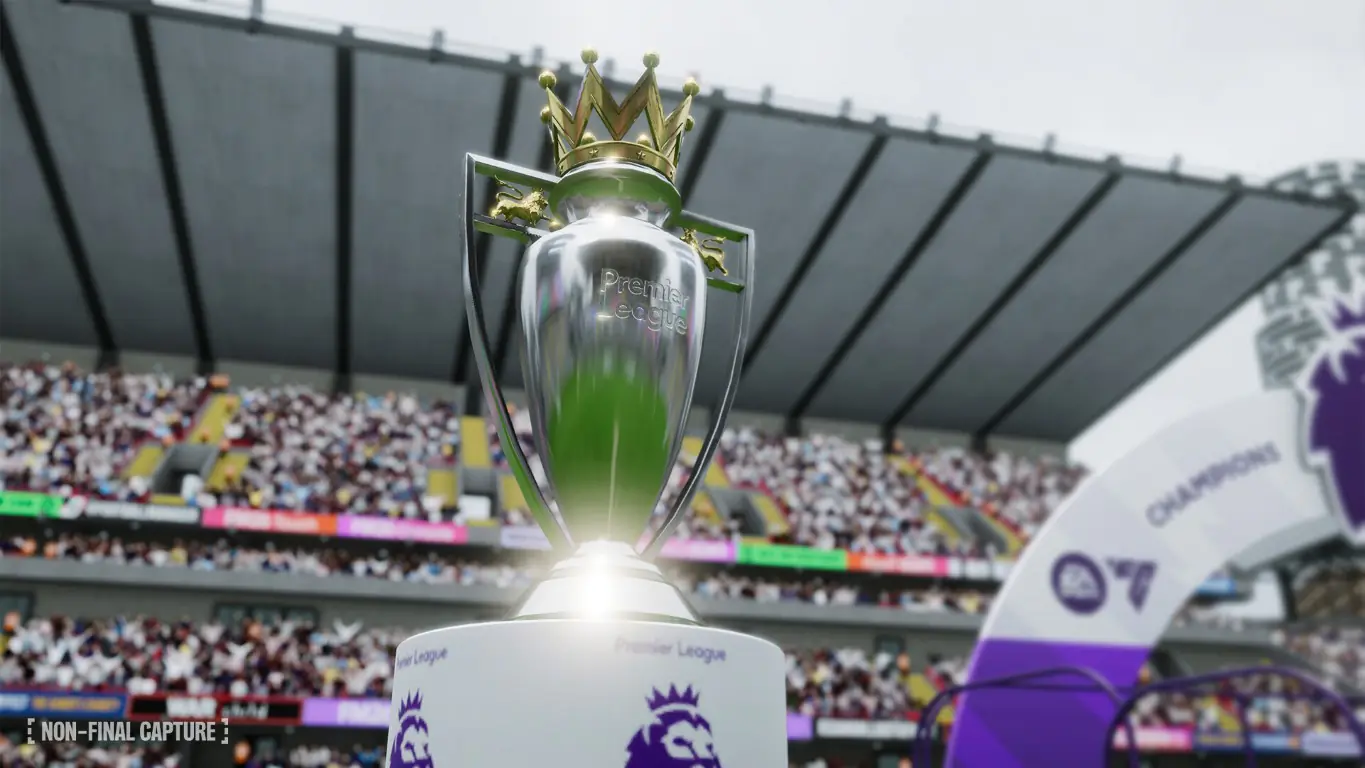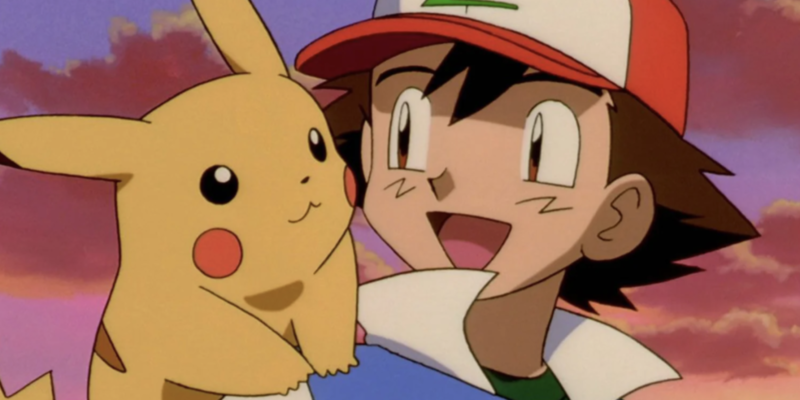You might be among those who grew up with anime PokemonBut there's one episode that you'll almost certainly never watch. Not because it wasn't popular, but because it was banned from reruns after causing a major medical incident in Japan.
The flash of light that changed anime history
Dennō Senshi Porygon aired for the first and last time in Japan on December 16, 1997. In this episode, Ash and his friends enter the digital world through the Pokemon delivery system and encounter Porygon, a virtual Pokemon controlled by Team Rocket to steal data.
After overcoming the threat from Porygon, they were attacked by an antivirus program. Pikachu then uses Thunderbolt to stop the attack. It was at this point that a scene with visual effects paka pakaThis is an animation technique that features alternating flashes of red and blue colors 12 times per second for almost six seconds.
These visual effects not only made the scenes intense, but also triggered medical symptoms in hundreds of young viewers.
Hundreds of children rushed to hospital
About an hour after the episode aired at 18:51 local time, more than 600 children in Japan were rushed to the hospital. They experienced symptoms such as seizures, blurred vision, dizziness, nausea, vomiting, and loss of consciousness. Reports from Japan's Fire-Defense Agency show that by 19:30, the first wave of patients had filled the emergency rooms.
The total number of children reporting symptoms rose to more than 12,000 after the media rebroadcast footage of the flash scene on the evening news. This replay is thought to have worsened the situation, as it led to a second wave of viewers who also fell ill.
Alleged mass hysteria and research results
Although a small percentage of the children were diagnosed with photosensitive epilepsy, most of the others showed no signs of neurological disorders upon examination. This led to the suggestion that many of the symptoms were caused by psychological effects that spread quickly through media coverage and conversations in the school environment.
Research published in Southern Medical Journal by Benjamin Radford and Robert Bartholomew mentions that symptoms such as nausea, dizziness, and mass fear are characteristic of epidemic hysteria. They concluded that this overreaction was influenced by media exposure and collective anxiety, not just by visual effects alone.
As a quick response, the episode was pulled from circulation and never rerun. The character of Porygon rarely reappeared in the main series, even though he was not the one who caused the flash effect.
Incredibles 2 and flash risk awareness
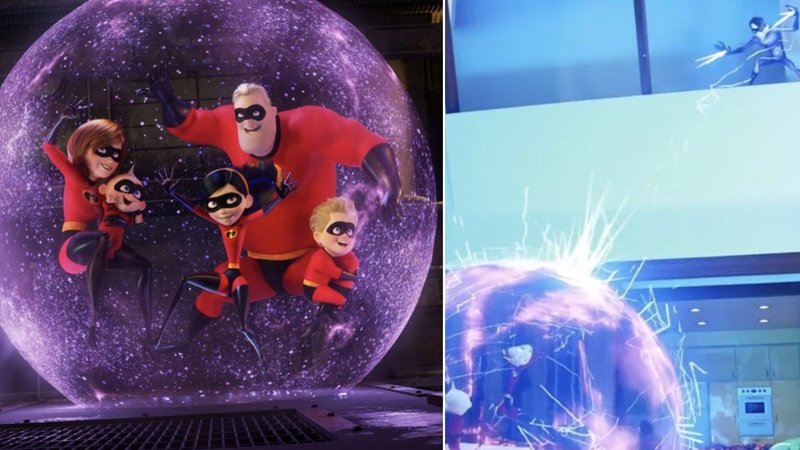
Although the Pokemon case is an extreme example, similar risks have also emerged in the modern era through the movie Incredibles 2. The difference is that this time the handling is much faster.
Some scenes in the movie contain intense strobe effects that could potentially harm people with photosensitive epilepsy. After the film began hitting theaters in 2018, a number of viewers reported symptoms similar to the previous case.
In response, the Epilepsy Foundation issued an official warning to the public. Disney then asked movie theater chains to post notices at screening locations so that viewers with certain medical conditions could be more aware. This action is an example of a quick and preventive response to potential visual health risks.
Lessons from the Dennō Senshi Porygon incident
This incident served as a serious warning to the animation industry about the importance of visual safety, especially for content aimed at children. After the incident, many animation studios in Japan and other countries began to reorganize production standards regarding the use of flash effects.
For those of you who love anime with experimental visual styles, it's important to understand that not all effects that look exciting on screen are safe for everyone. This tragedy shows that a single scene in animation can have far-reaching medical, social, and emotional impacts.
Source: Southern Medical Journal, IFLScience, TODAY



